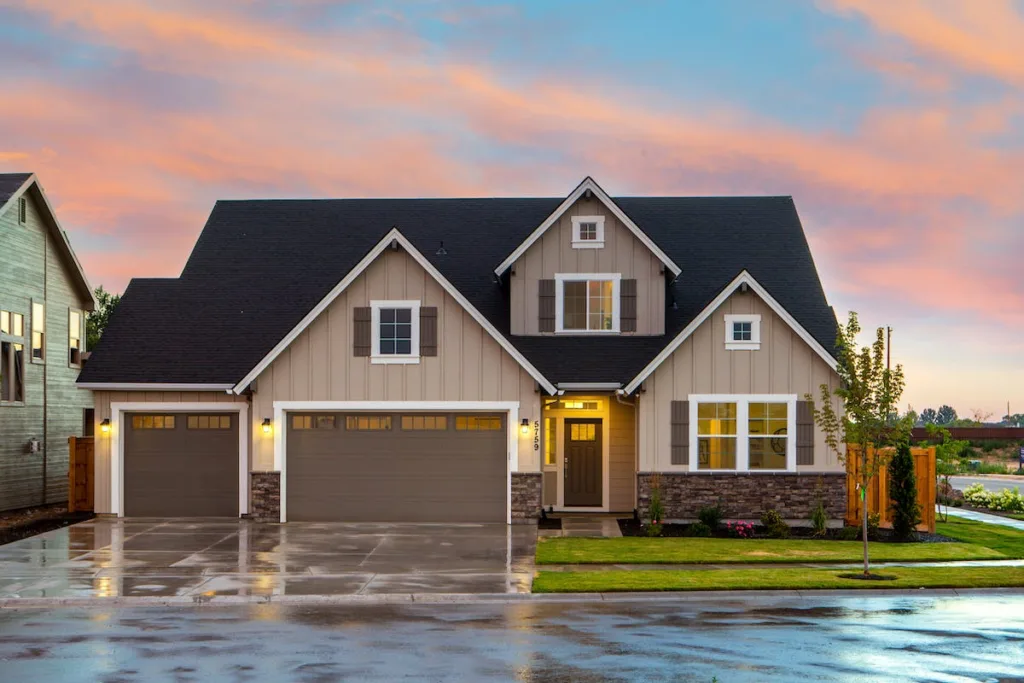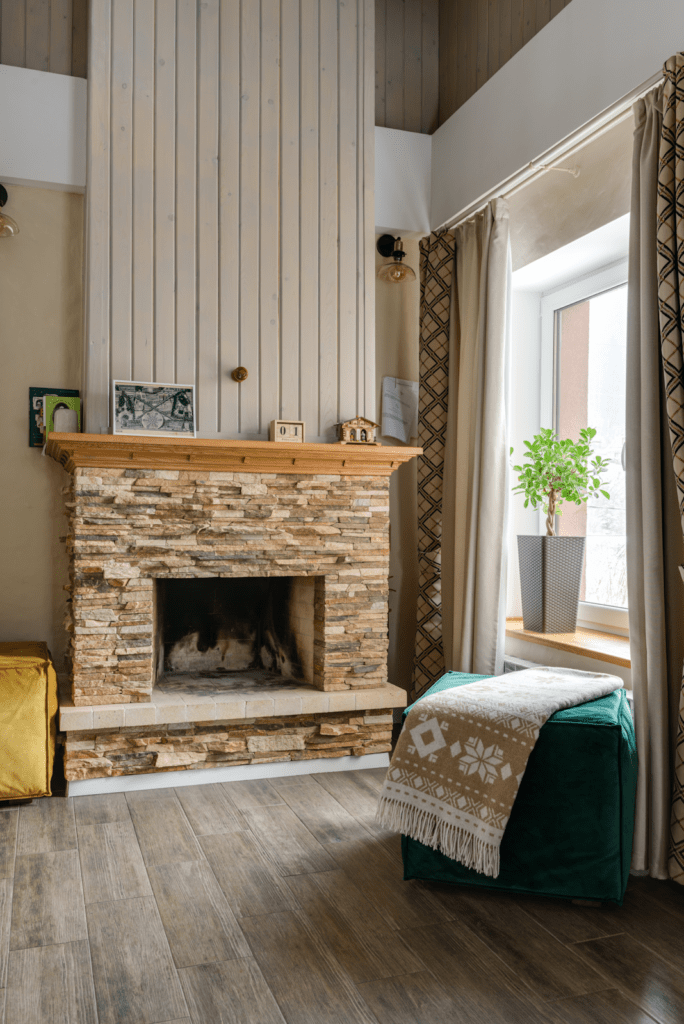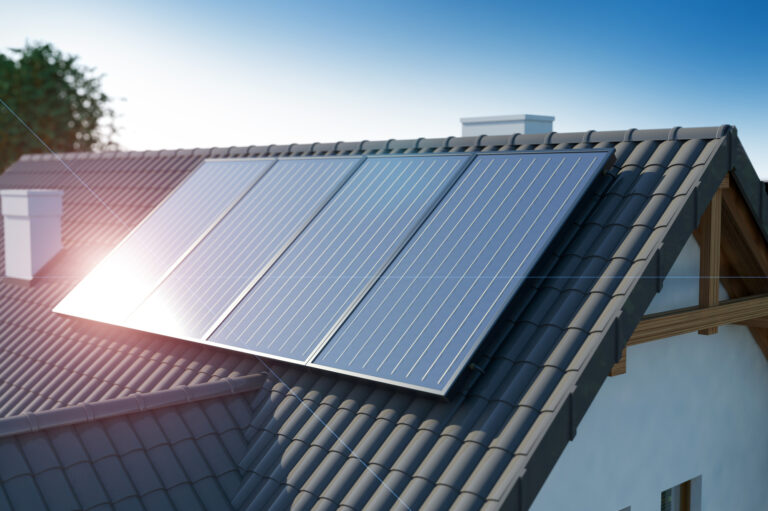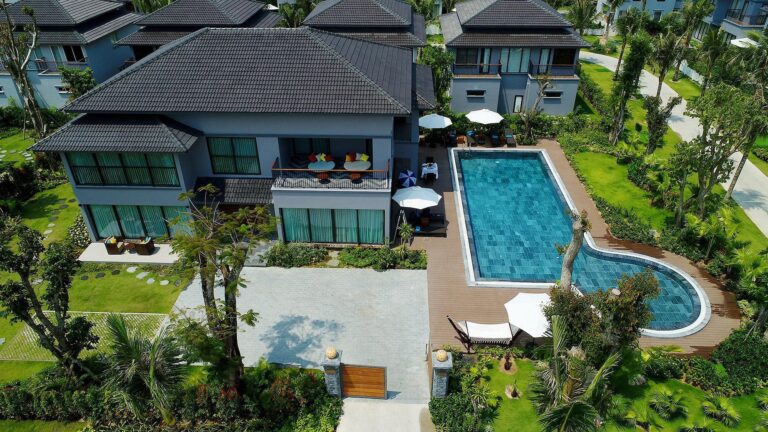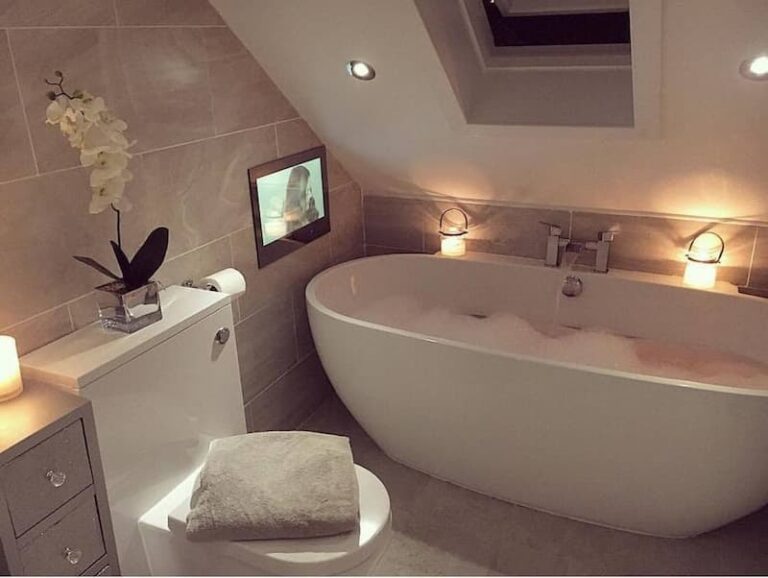6 Tips on Finding the Right Gas and Electricity Provider in Melbourne
Getting a gas and electricity connection is an important step when moving into a new property or renovating an existing one. They are the essential utilities for everyday living. From powering appliances and heating your rooms to helping you cook, these services are necessary to everyday life.
In this blog, we will explain the steps involved in getting a gas and electricity connection in Melbourne and, later, determine which of the two, electricity or gas, is better.
6 Tips on Finding the Right Gas and Electricity Provider in Melbourne
Gas and electricity connections in Melbourne
The following steps will help you get a gas and electricity connection in Melbourne.
Research energy retailers
Start by researching and make sure to compare gas and electricity retailers in Melbourne. This will help you find the one that suits your needs.
With several options available, it becomes crucial to compare prices, plans, and customer reviews.
Choose your energy retailer
Once you have selected an energy retailer, contact them to initiate the connection process. Provide them with your address and any necessary details they require.
Connection application
The energy retailer will guide you through the connection application process. They will ask for information such as your name, contact details, desired connection date, and the type of connection you need (gas, electricity, or both).
Connection fees and identification
The energy retailer may require payment of connection fees, which will vary depending on the type of connection and your location. They may also request identification documents, such as valid ID or proof of address, to verify your identity and ensure the connection is made to the correct property.
Meter installation
Once your application is approved, the energy retailer will arrange for a meter to be installed at your property. The meter will track your gas and electricity usage and will ensure accurate billing.
Finalising the connection
On the agreed-upon connection date, the energy retailer will activate your gas and electricity supplies. They will notify you of the successful connection and provide details on how to access your account, manage billing, and make payments.
It is important to note that the specific processes and requirements may vary depending on the energy retailer and the property you are connecting. Some properties may already have existing connections, while others may require new gas or electricity line installation.
To ensure a smooth process, we recommend you contact your chosen energy retailer directly. They will provide you with the most accurate information and guide you through the necessary steps to get your gas and electricity connections in Melbourne.
Comparison between gas and electricity in Melbourne
When thoroughly comparing gas and electricity in Melbourne, several factors come into play.
Cost
The cost of gas and electricity will vary depending on factors such as energy market conditions, supply and demand, and usage patterns.
Energy efficiency
Gas is generally considered more energy-efficient for applications such as gas and water heaters. However, there are energy-efficient options available for both gas and electricity.
Environmental impact
Electricity can be sourced from renewable energy resources such as solar or wind energy. It helps reduce carbon emissions and supports sustainability efforts.
Safety
Gas connections require careful installation, maintenance, and monitoring to prevent gas leaks and associated safety hazards.
Secure the right connection
The choice between gas and electricity depends on your specific circumstances, needs and preferences. To secure the right connection, it is important to evaluate factors such as availability, cost, usage patterns, energy efficiency, environmental impact, and safety considerations.


